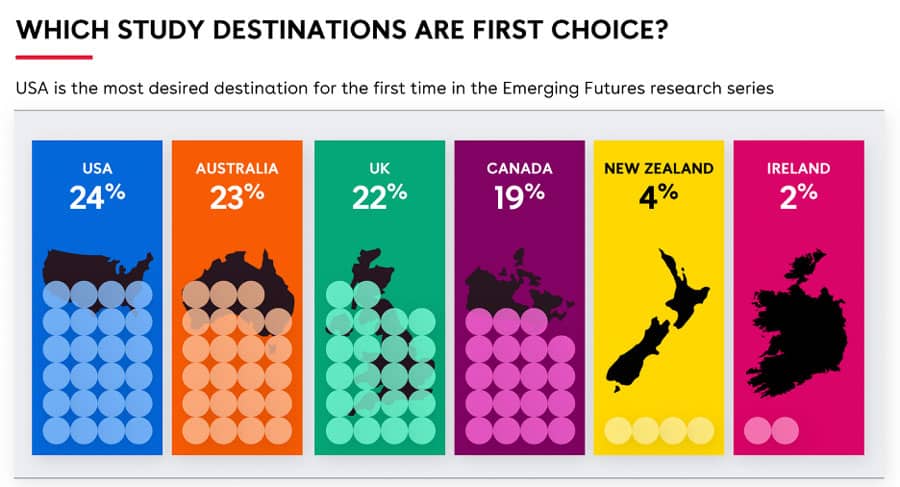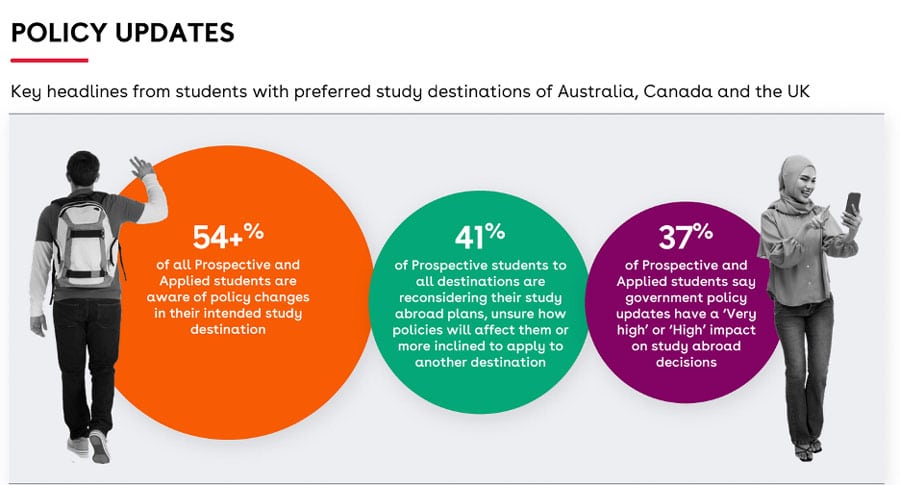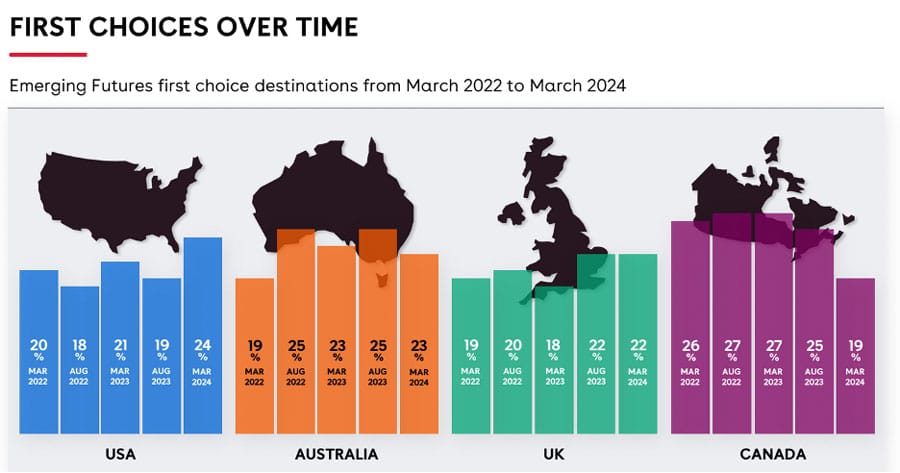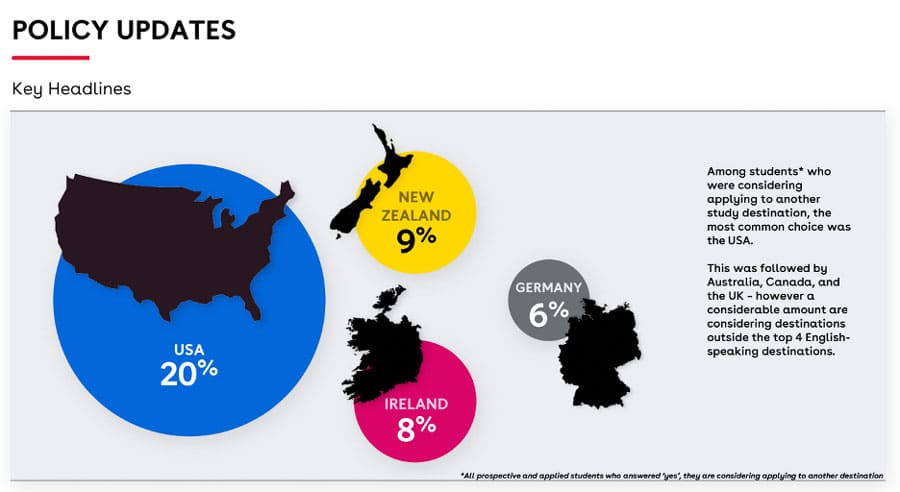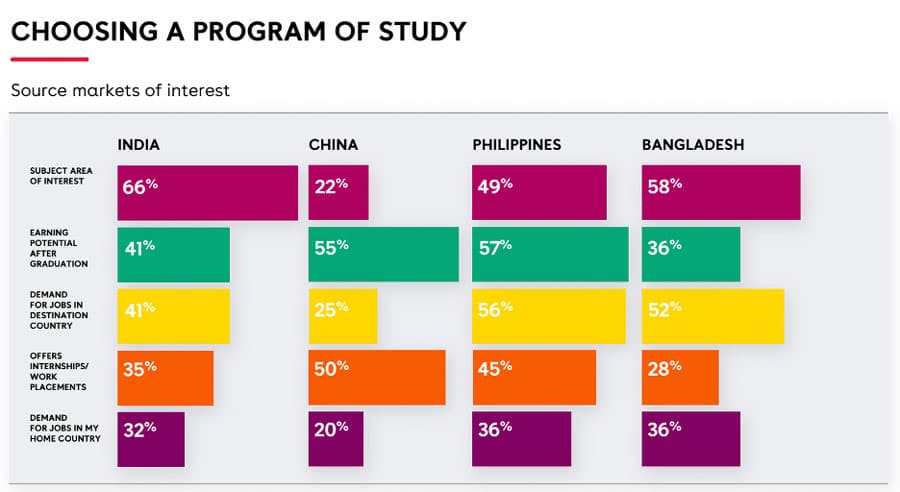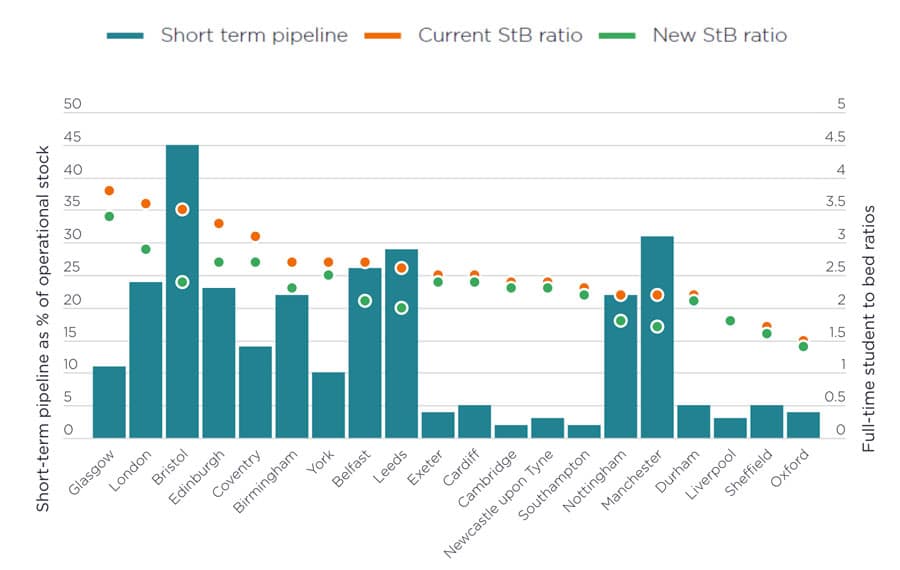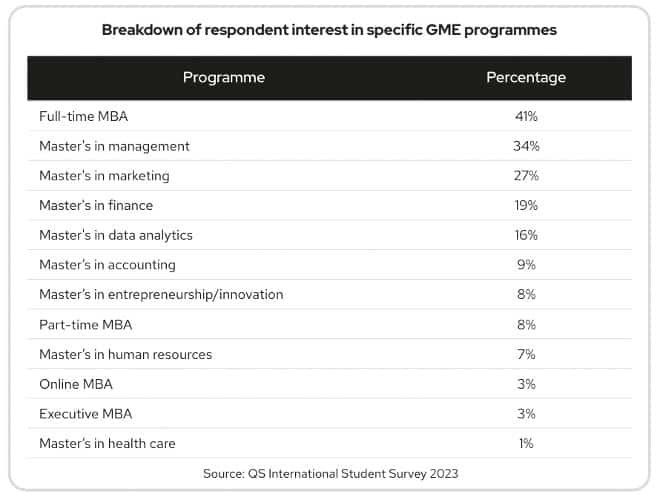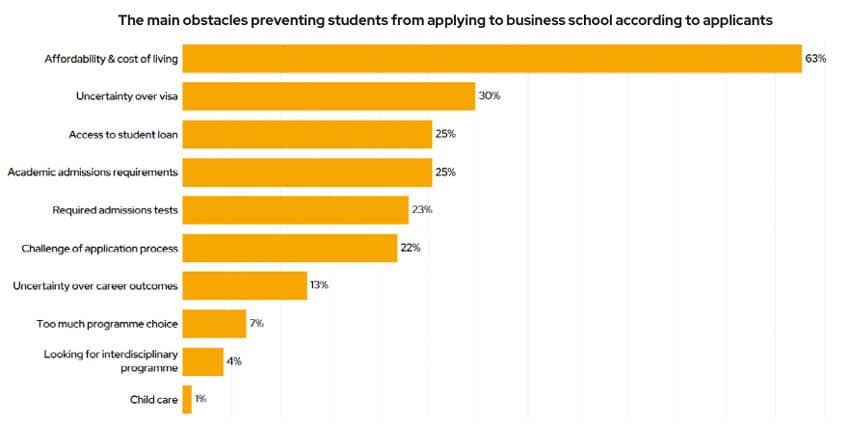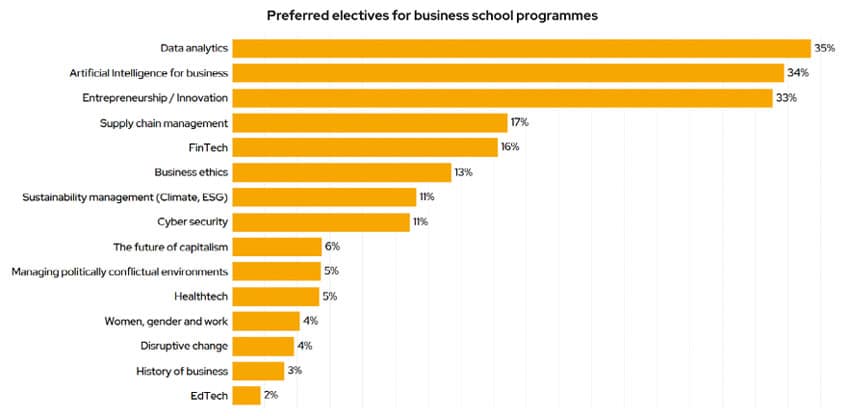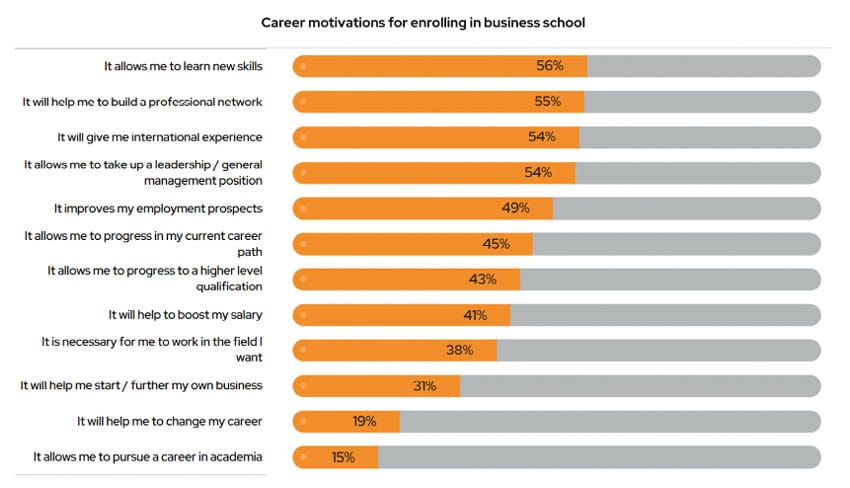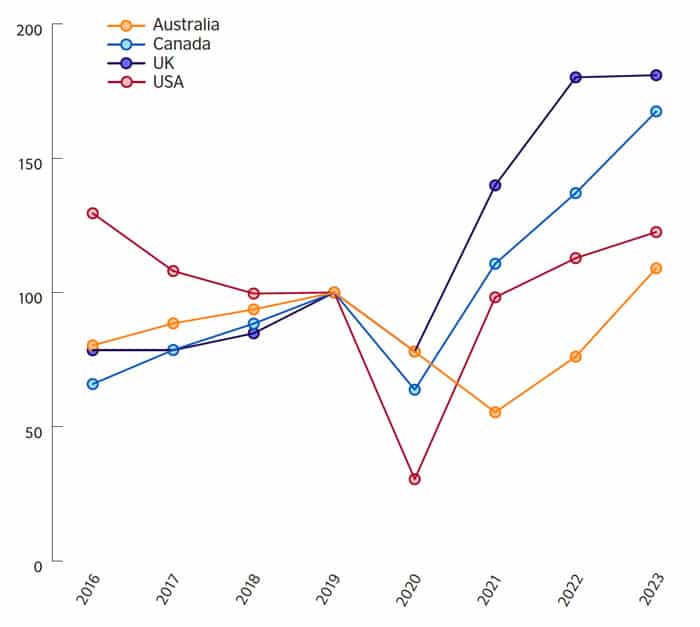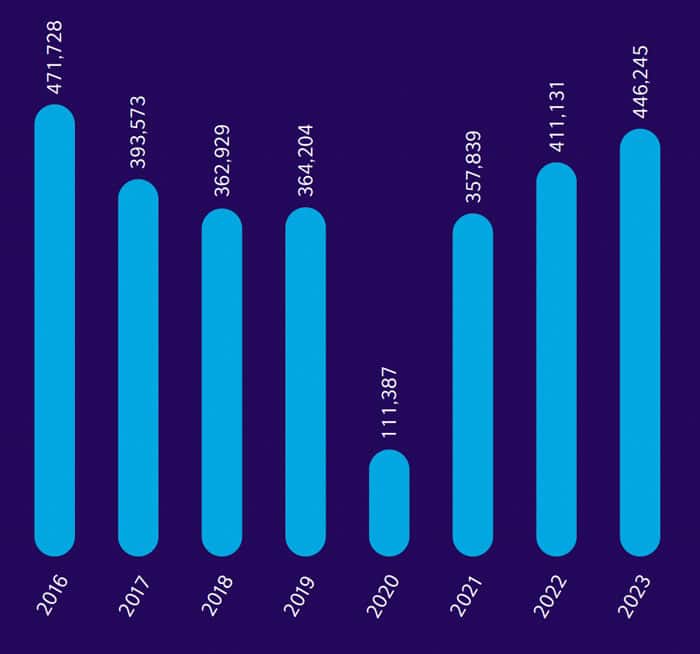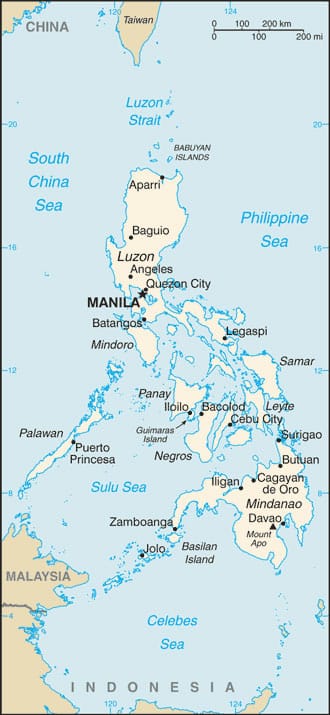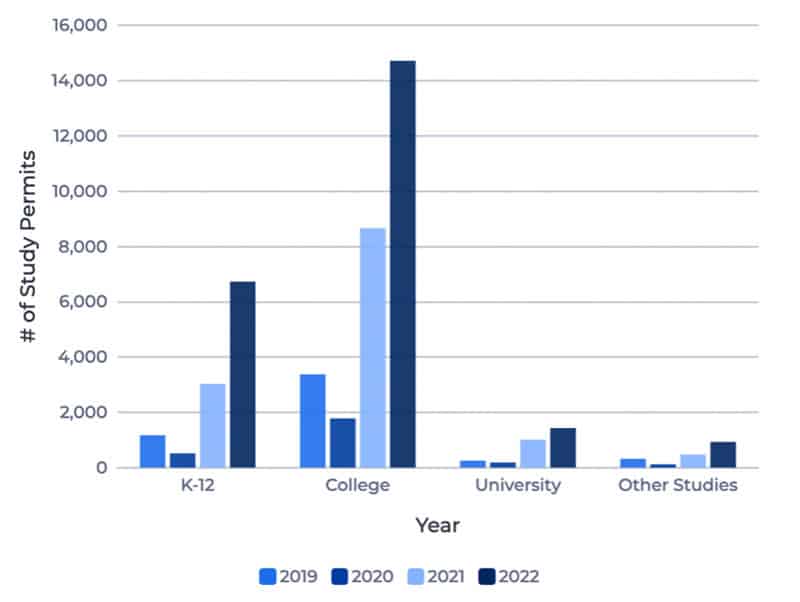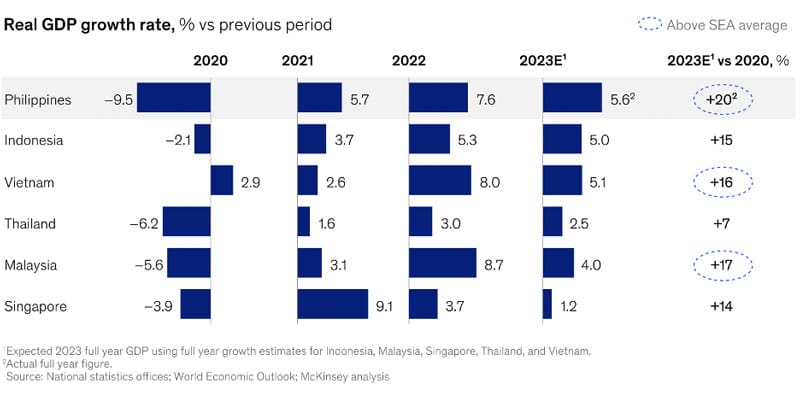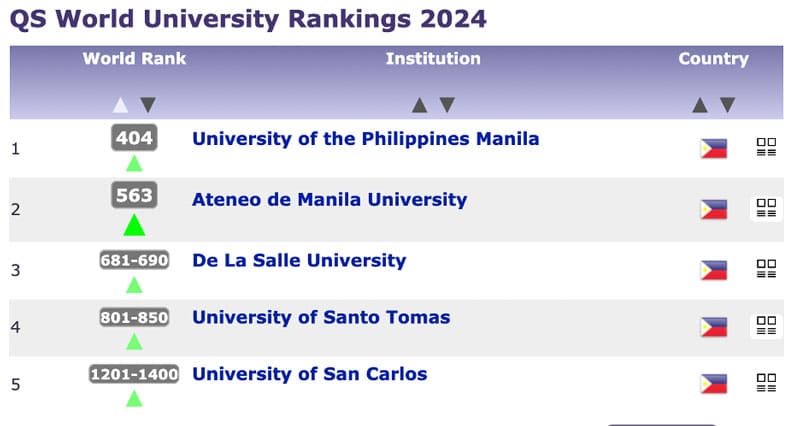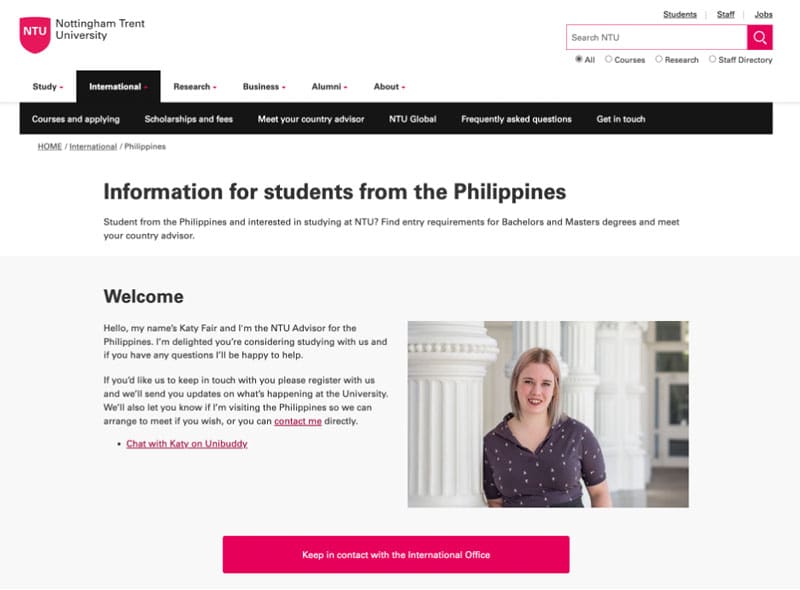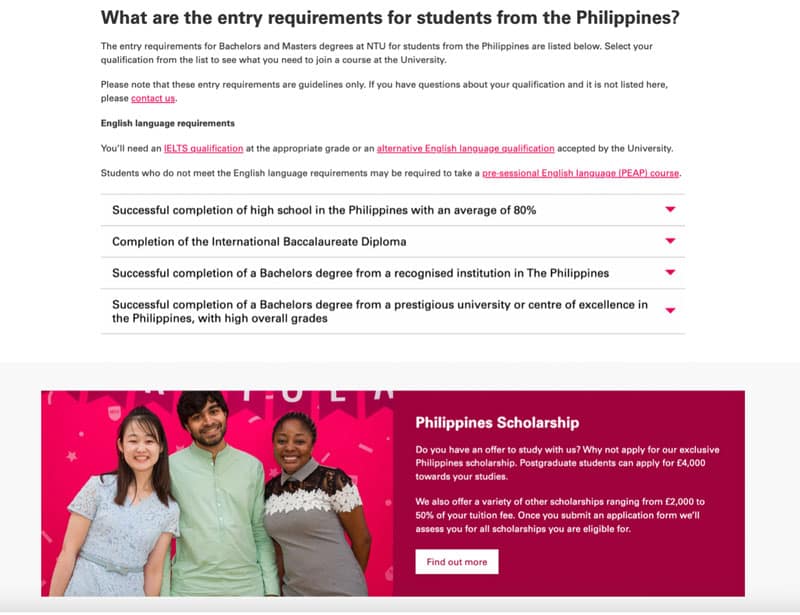In the first months of 2024, immigration policy changes in Australia, Canada, and the UK have been a major focus of attention in our industry as they affect so many students and educators. But policy disruptions are not the only development influencing students’ decision-making about study abroad this year. Another issue is that the UK pound sterling and the US dollar have strengthened in recent months against many emerging market currencies. This means it has become more expensive for students from some of the countries sending the most students abroad to study in the UK and US.
UK pound sterling performing better than most currencies
According to the British Council’s “5 Trends to Watch in 2024” report:
“In 2023, the pound sterling appreciated in nominal terms against the local currencies in 11 of the 12 largest student markets for UK education outside of East Asia; meanwhile, in East Asia, the pound strengthened by at least 4 per cent in each of the 12 largest student markets. Altogether, these 24 markets accounted for more than 87 per cent of all UK study visas issued in the first three quarters of 2023.”
The pound strengthened by 10% or more in the following markets last year, including Nigeria, Turkey, Pakistan, and Ghana, some of the UK’s most important sources of non-EU students.
- Nigeria: 112%
- Turkey: 67%
- Pakistan: 31%
- Ghana: 25%
- Japan: 15%
- Bangladesh: 13%
- Malaysia: 11%
The British Council points out that it is difficult to ascertain how much demand from a single market could falter due to a currency devaluation, but that if study in the UK becomes more expensive for students in many countries, a negative impact is likely:
“The importance of exchange rates in any single market is often overstated, but the combined effect of a weakening of the currencies across nearly every one of the UK’s top student markets could be profound. The pound is also likely to remain strong in 2024, putting the cost of UK education out of reach for a significant share of international students.”
Indeed, the pound is outperforming 92% of world currencies this year based on a stronger than expected economy. The bright news is that inflation is decelerating, making it less expensive for current international students to afford costs of living while in the UK.
The US dollar strengthens once again
Bloomberg reports that “the resurgent US dollar cut a swath through global emerging-market currencies [in April 2024] with the Indonesian rupiah, Indian rupee and the South Korean won among the hardest hit.” This April, says Bloomberg:
- The Indian rupee hit a record low;
- Malaysia’s ringgit has fallen to nearly its lowest level since 1998;
- The Taiwanese dollar sunk lower than it has since 2016;
- The Philippine peso stood at only 57 per dollar;
- Bank Indonesia had to step in to support the rupiah after the currency weakened past 16,000 per dollar for the first time in four years;
- South Korea’s won slid to the “closely watched level” of 1,400 per dollar.
Other currencies such as the South African rand, Polish zloty, Israeli shekel are also struggling against the dollar this year.
How are students affected?
When their home country’s currency declines against that of their host country, current students find it more expensive to pay tuition fees and living costs. The effect on students with ample financial resources is relatively mild, but for those already living on a tight budget, the impact can be serious enough that students have to think twice about how much to buy in grocery stores, whether they need to take on paid work (or more of it), or even if they will be able to complete their studies if the currency imbalance doesn’t lessen soon enough.
For prospective students and their families, the sticker shock comes when – during research about study abroad in the UK or US – they convert tuition and other fees from the UK pound/US dollar into their own currency. Some families can tolerate the more expensive costs of studying while their currency is weak, but others may choose to defer studies in the UK/US or decide to study in a different destination.
The most disruptive possibility is that students’ currency weakens at the same time as inflation is high and/or when their economy is in crisis. For example, as of February 2024:
- Families in Nigeria are dealing both with a weak currency and the highest inflation rate since 1996 (31.7%).
- In Egypt, steep increases in food prices (51%), transport (17.6%), and housing (10%) are impacting household spending.
- In Iran, the inflation rate is coming down slowly but was still at 35.8% in February.
- Zimbabwe’s inflation rate surged to 47.6% in February, propelled by the Zimbabwean dollar’s decline against the US dollar.
- Turkey’s inflation rate increased to 67%.
In terms of when educators in the UK and US might notice any negative effect from their strong currency relative to those in other economies, the answer is that changes in student demand might be noticed over the course of years, rather than weeks or months. Speaking with Times Higher Education, Jazreel Goh, Malaysia director at the British Council said:
“All other things being equal, a weakening currency will depress demand for overseas study, as it makes the cost of going abroad higher. The effect normally plays out over multiple years, as students and parents at different stages in the decision process tend to react differently to changes in the exchange rate.”
But other experts are predicting a more immediate effect. Haike Manning, executive director for Southeast Asia at Acumen said the trend could lead to alternative destinations becoming more popular: “For students ‘on the margins’ in terms of finances, this may lead to increased preference for some destinations over others, rather than deterring from studying abroad.”
Victor Emanuel, Indonesia country head at education consultancy AECC, said he expects some Indonesian families will change their minds about study abroad in 2024: “To those students eyeing Western countries, we anticipate a slight decrease in programme commencements and an increase in deferment rates [of 5 to 7 per cent], especially among self-funded students for the remainder intake in 2024.”
For more additional background, please see:
Source
